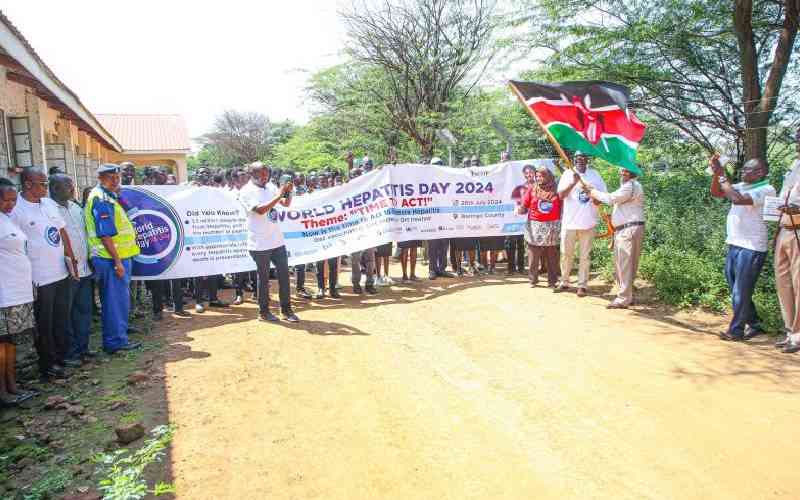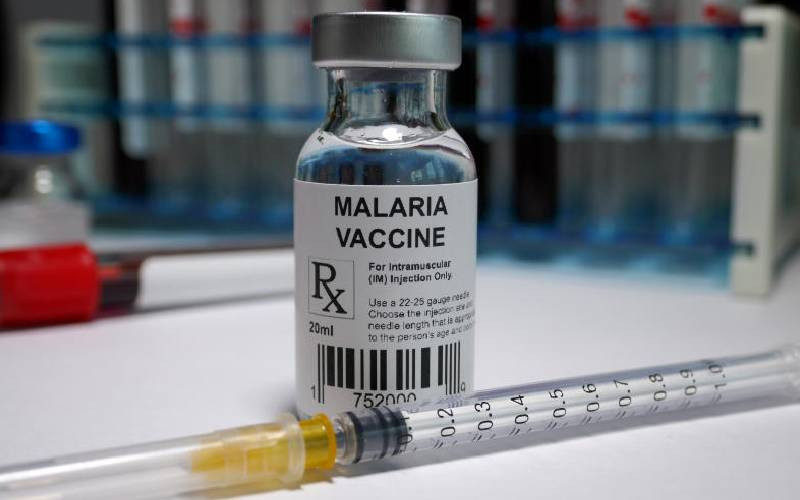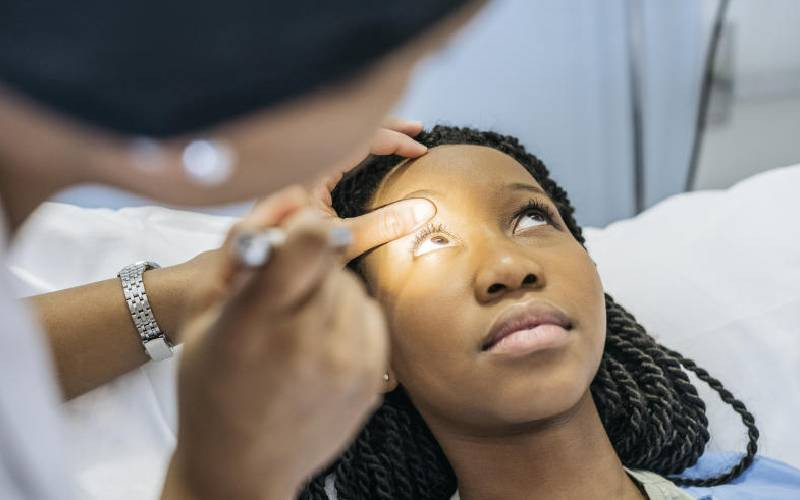
Health CS Susan Nakhumicha is joined by Director General for Health Patrick Amoth, WHO and UNICEF representatives during the launch of the health facility census assessment report on Dec 21, 2023. [Jonah Onyango, Standard]
As President William Ruto pushes for implementation of the Universal Health Coverage (UHC), just a handful of hospitals have what it takes to offer quality services in line with that ambitious agenda.
A new report by the Kenya Health Facility Census notes a paltry seven per cent of hospitals are ready to meet the aspirations of the crafters of UHC which came into being following the signing of four bills by President Ruto in October. These bills are the Primary Health Care Act, 2023, the Digital Health Act, 2023, the Facility Improvement Financing Act, 2023 and the Social Health Insurance Act, 2023.
Facts First
This story continues on The Standard INSiDER. Subscribe now for unfiltered journalism that holds power to account.
Already have an account? Login
 The Standard Group Plc is a multi-media organization with investments in media
platforms spanning newspaper print
operations, television, radio broadcasting, digital and online services. The
Standard Group is recognized as a
leading multi-media house in Kenya with a key influence in matters of national
and international interest.
The Standard Group Plc is a multi-media organization with investments in media
platforms spanning newspaper print
operations, television, radio broadcasting, digital and online services. The
Standard Group is recognized as a
leading multi-media house in Kenya with a key influence in matters of national
and international interest.











